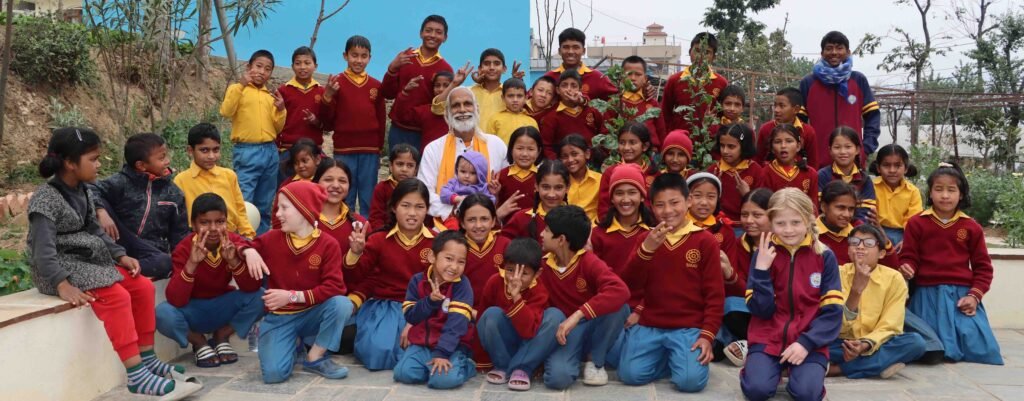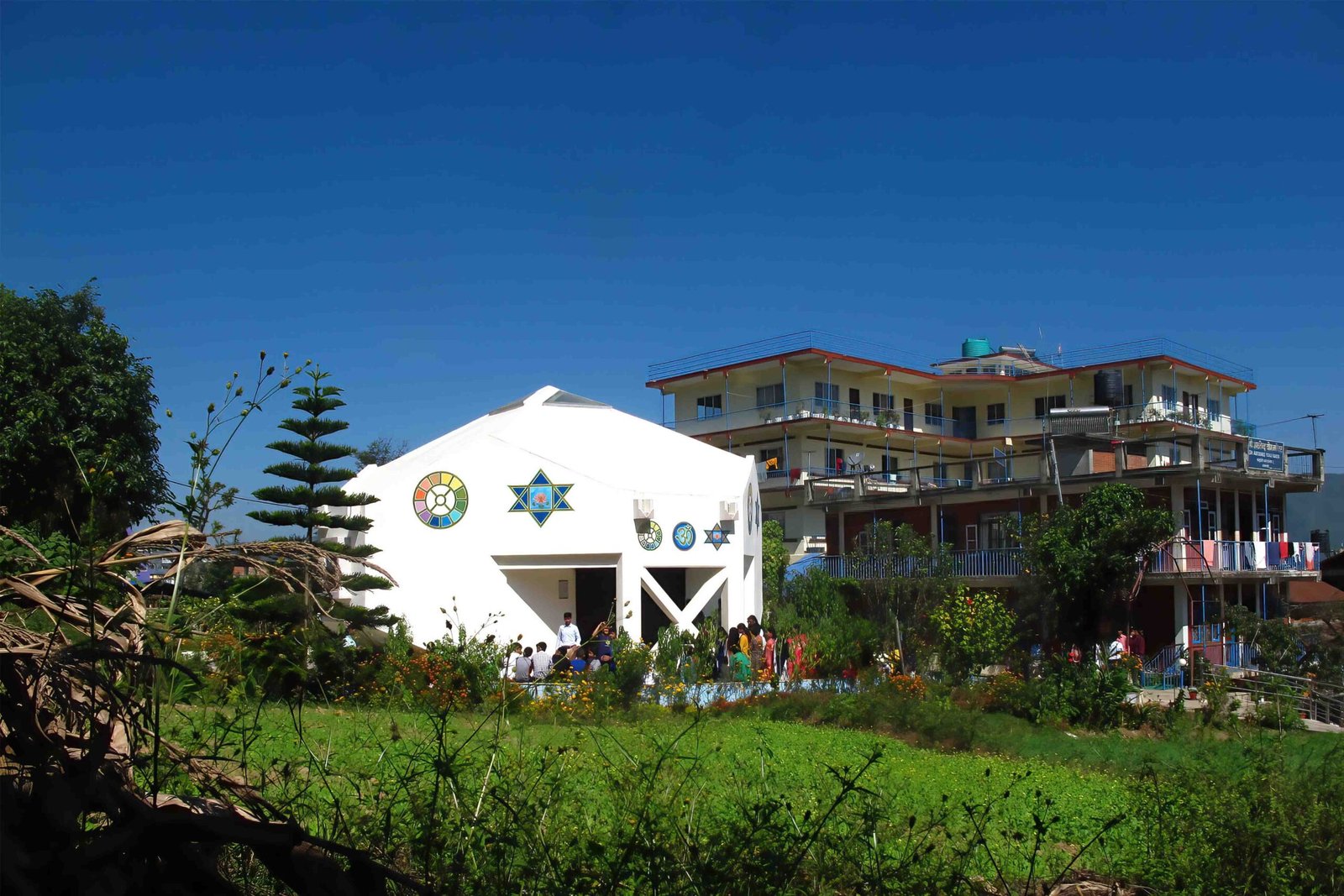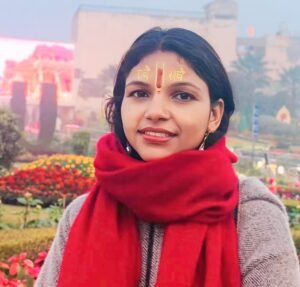Upcoming Events

Swami Ramchandra Das and His Vision: Transforming Lives through Education and Spirituality
Welcome to the Sri Aurobindo Yoga Mandir website, where we share the extraordinary journey of Ramchandra Das (also called Guruji) and his vision to uplift the lives of underprivileged children in Nepal.
A Journey of Quest and Knowledge
Aged twelve, driven by the desire to support his family, Swami Ramchandra Das embarked on a remarkable journey, leaving his homeland Nepal for India. Like many Nepalese youths, he took any work he could get, anywhere, working for next to nothing. And amidst all the challenges he faced, not only did he survive, but his thirst for knowledge grew.
Seeing Indian children going to school every day, Guruji yearned for education. Alone and determined, he sought wisdom in Ashrams along the way, under the guidance of Gurus.
His years in various Ashrams across different cities in India, led him to study the Vedanta, which was originally written in Sanskrit. So, he learned Sanskrit, and eventually became a professor of Sanskrit literature in Delhi. The turning point in his spiritual journey, however, came when he discovered the teachings of Sri Aurobindo. After which he travelled directly to Puducherry in the southeast of India, where he stayed at the Sri Aurobindo ashram and became a disciple of Champaklal, the principal disciple of Sri Aurobindo.


From Ashrams to Nepal: A Vision Unveiled
So, leaving the comfort of the Ashram he loved so much in Puducherry, he returned to Nepal where he established an ashram – the Sri Aurobindo Yoga Mandir, in Kathmandu – dedicated to spiritual life, and the welfare of children.
Starting with a small, rented apartment and a handful of family members’ children, he faced the challenge of convincing others to trust him, and his vision. Which was no easy task in Nepal for a man who, by now, had an Indian accent. Local, parochial communities invariably turned their backs on him. But – rooted in the principles of Karma Yoga and devoted to Sri Aurobindo and The Mother – Guruji persevered, and succeeded.
Exactly ten years later, and ten years after that, two more ashrams were added.

Centers

Sri Aurobindo Yoga Mandir
The main administrative branch of Sri Aurobindo Yoga Mandir, situated in the lap of Chandragiri Hills. It was established in 1993.

Sri Aurobindo Nagari
The second branch, established in 2003. It is situated on the plains of Nepal and supports much of the food production for the Ashram.

Sri Aurobindo Tapobhumi
The third ashram, established in 2013, specifically for providing a peaceful environment for spiritual retreats.
What is Swami Ramchandra Das’s vision for the children at Sri Aurobindo Yoga Mandir?
His vision materialized, firstly – over many years – as the Sri Aurobindo Yoga Mandir, in Kathmandu. Since then, it has grown into three centres that educate over 500 children annually, free of charge. A fusion of modern education, with Vedic teachings, tradition and culture.
The ashrams not only educate, but nurture the children, many of whom come from troubled, or impoverished homes. So they are given a safe place to stay and sleep, and eat (an array of healthy organic, home-grown, vegetarian food), and where all of their physical, mental, emotional and spiritual needs are catered for. An environment in which they can grow into caring, well adjusted, responsible adults, able to make their way not only in Nepal, but throughout the world. In short, the ashram is their home from home.
Who can assist you during your visit to the Ashram?

Mr. Vedananda Pandey
Contact : +9779851101539

Mr. Nishesh Thapa
Contact : +9779851189682

Mr. Prem Bhusal
Contact : +9779851189681

Mrs. Sushma Ghimire
Contact : +9779851189673


Trustindex verifies that the original source of the review is Google. The surrounding environment is pleasant , nature encounter,sight seeing ,best for quality time.Trustindex verifies that the original source of the review is Google. Spritual and peaceful environment with good people. Enjoy a lotTrustindex verifies that the original source of the review is Google. A Place of Peace, Service & Growth Sri Aurobindo Yoga Mandir is a beautiful space for karma yoga, meditation, and spiritual growth. The ashram’s focus on selfless service creates a deep sense of purpose, while the peaceful environment is perfect for meditation. It’s also a nurturing place for children, providing education, care, and values rooted in compassion. A truly inspiring place to visit and experience.Verified by TrustindexTrustindex verified badge is the Universal Symbol of Trust. Only the greatest companies can get the verified badge who has a review score above 4.5, based on customer reviews over the past 12 months. Read more
